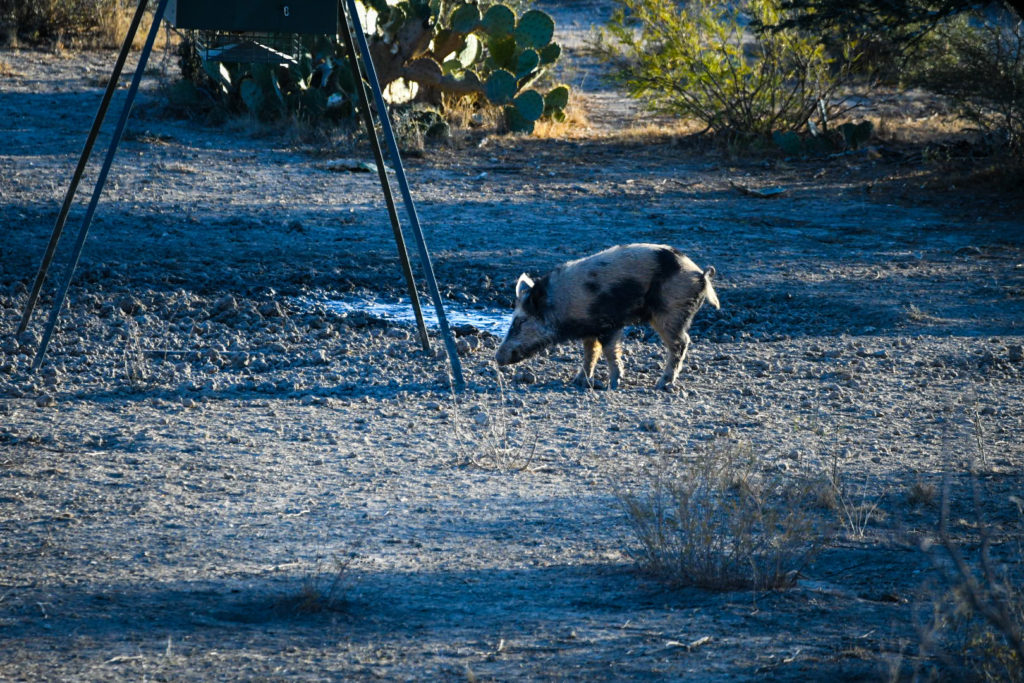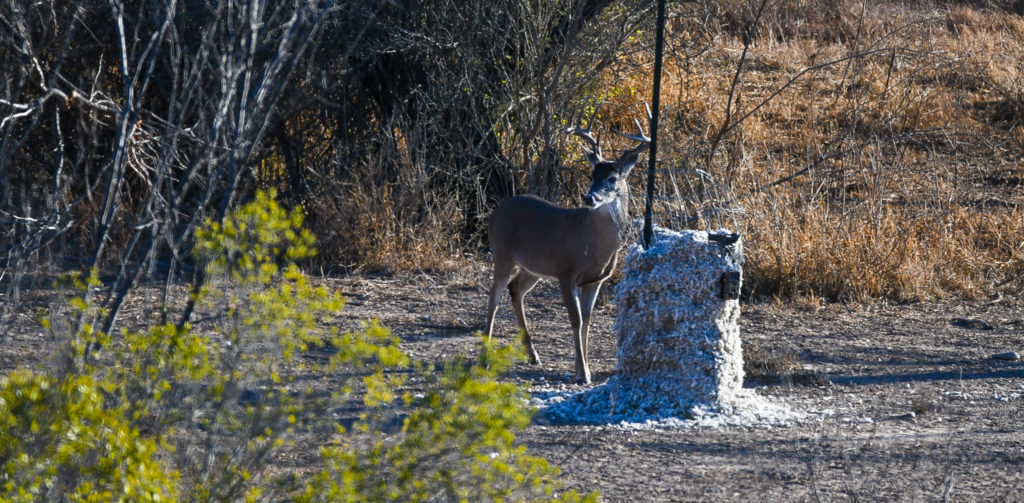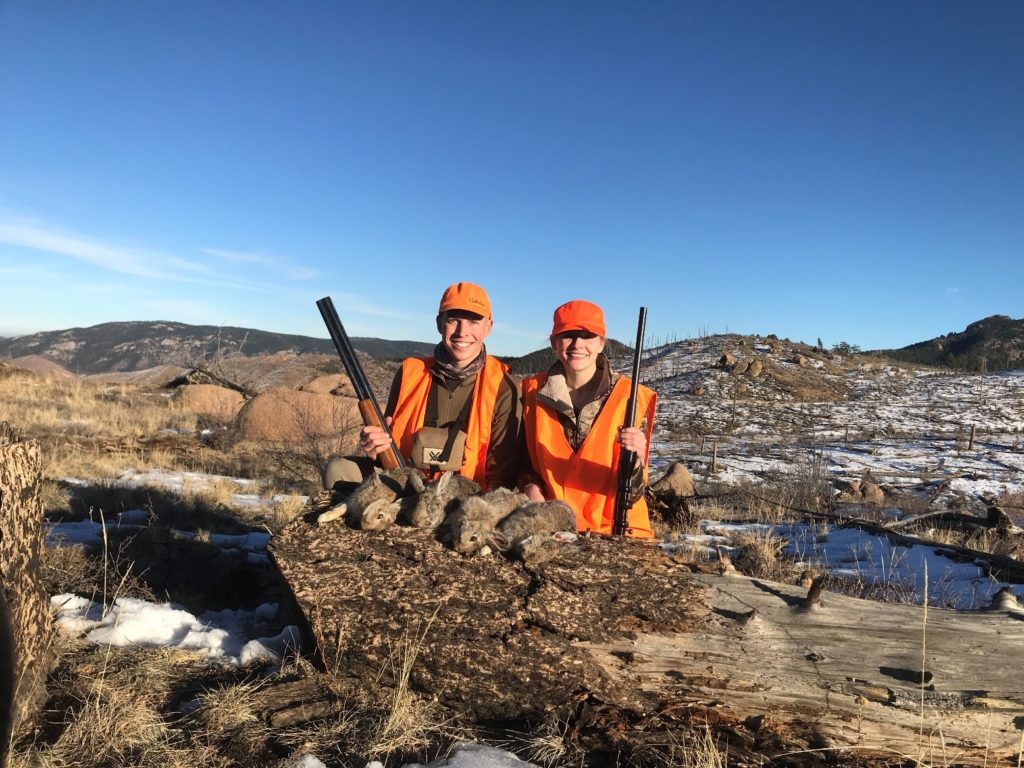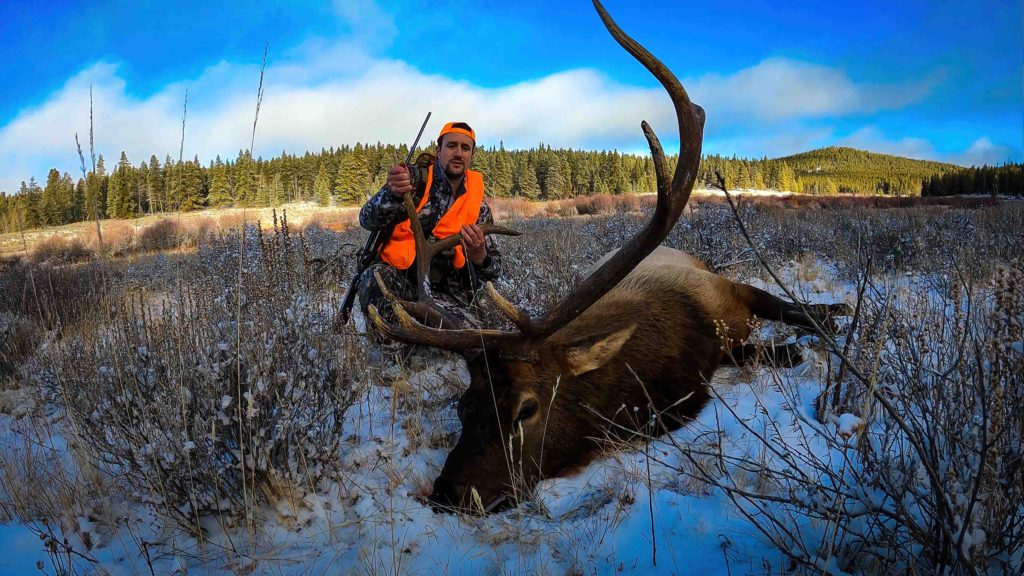Texas is home to some of North America’s best deer hunting, and no matter where you go, you can count on the presence of game feeders. Feeders are heavily used because they help attract a variety game. I fully support hunting feeders (All Seasons Feeders are the best) and have hunted them most of my life. But in recent years I have focused mainly on hunting game trails. This style of hunting is utterly unique and provides a range of challenges.
Advantages of Hunting Feeders
Feeders provide drastically increased odds of seeing a range of wildlife during a hunt. At times, depending on the moon and weather factors, it’s almost a guarantee to see deer and hogs each hunt. Animals become so accustomed to the location, sound, and timing of a feeder running that they’ll often show up early and wait for the grub.
Now this might seem like an unfair advantage, especially to readers from states with anti-baiting laws. But just hear me out. Much of Texas is covered in dense brush and whitetail are legendary for their elusiveness. If you’re trying to hunt one of the continent’s most elusive species, in an area where hiding places are plentiful and shooting openings are few, a deer feeder helps to even the odds.
It’s not Always that Simple
For example, when I shot a cull/management buck last year, I made the feeder run four times and knew deer would show up with each throw. There are even times when I’ve seen deer just stand in the brush for ten minutes waiting for the corn to drop. Once it hits the ground they move in, eat, and go on their merry way. While it sounds like every hunt is a deer party, that’s not the case.
Whitetail deer are wild animals and have their own routines and routes based on the time of the year, moon phase, weather, and wind. I’ve been skunked plenty of times asking myself, “why didn’t they show?” It’s hunting, not shooting fish in a barrel. Based on my experiences, feeders attract does and immature bucks far more than they attract mature bucks. Every year on our lease, members take culls and a couple of old bucks at feeders, but it’s rare to even see a true mature-trophy buck. Don’t get me wrong, hunting a feeder is great and does produce fantastic results.

The Challenges (and rewards) of Game Trails
Hunting game trails or natural movement areas, in my opinion, provides the best opportunity of encountering a real wall-hanger. Big, mature bucks are wise and do not make a lot of mistakes.
They live alone, hideaway, do not venture too far from their bed, and know when they are pressured. Mature bucks do not like interacting with others unless it’s time to fight or time to reproduce. They use dawn and dusk to their advantage, moving in low light conditions to blend into their surroundings.
With eyes like a hawk and a nose like a bloodhound, a mature buck tests your skills. You’ve got to be stealthy and prepared. Creek beds, game trails, terrain changes, oak stands, mesquite thickets, and watering holes are all great places to find the loner buck. With that said, you can’t just hop on a trail and hope to see a giant. The key is to locate the bucks home range. Scout the area, use game cameras, find signs of him, and strictly hunt for that specific buck.
Picking a Location with Potential
I use e-scouting to search for and locate terrain changes that might indicate bedding areas or funnel points. Things like creek beds or small valleys usually have heavily used access points. So once I’ve identified an area that looks promising online, I hit to turf and look for those access points on foot. After finding a potential funnel point, I try to setup my blind in a way that gives me an advantage over any game that walks by. But it’s important to setup your spot in such a way that you can access without making too much noise, or leaving your scent all over the place. Most importantly – don’t be seen.
How are you going to outsmart a mature buck this season?
Hunt.Fish.Love.Texas.


